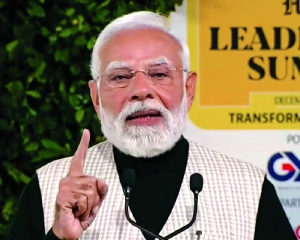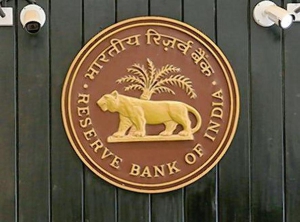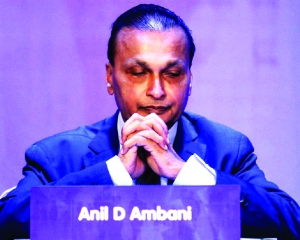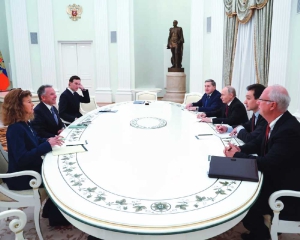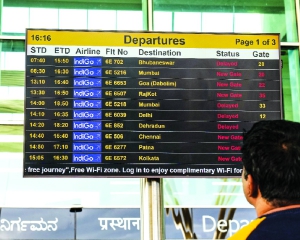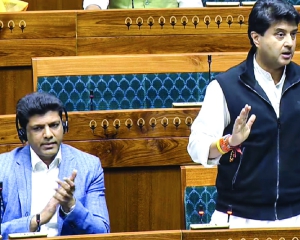A powerful dance drama that brings the Ramayan to life with grace, strength, and deep emotion, says SAKSHI PRIYA
There are moments when art stops being performance and becomes prayer. When the movement of feet, the strength of hands, and the silence between gestures speak louder than words. Maryada Purushottam Shri Ram, presented by the Urvashi Dance Music Art & Cultural Society, was one such offering. The dance carried with it the weight of legacy, the fire of devotion, and the strength of truth.
It began in silence — no fanfare. Just the stage slowly lighting up to the sound of a conch, a chant rising through the Kamani Auditorium and the sight of dancers entering barefoot, as if walking into a sacred space. From that very first moment, the performance became an experience. Among the distinguished guests in attendance was Ms Rekha Gupta, the Chief Minister of Delhi, whose presence highlighted the cultural significance of the evening. Directed with remarkable sensitivity by Dr Rekha Mehra, the production traced the arc of the Ramayan from Ram's birth in Ayodhya to his return as king, through classical dance, dramatic expression and layered symbolism. Guru Ajay Bhatt and Aamrapali Bhandari's choreography respected the epic's soul.
Every movement was chosen with care. Ram's journey began with the celebration of his birth in Ayodhya. The air was alive with movement and colour. But celebration gave way to duty. Ram's departure into vanvaas was a haunting moment, his farewell to Kaushalya staged with restraint, as dancers encircled him like time closing in. The lighting shifted to capture the weight of sacrifice.
The forest scenes were among the most visually captivating. With nothing more than cloth, shadow and body formations, the dancers created rivers, trees, and wild animals. Sita stood tall with presence and dignity, while Lakshman reflected Ram's sense of duty with measured steps.
Then came the heart of the epic — Ravan's entrance. Played with authority and presence, his character carried pride and ego that ultimately led to his fall. The abduction of Sita was staged in stillness: a tight spotlight, the sudden clash of cymbals, and her hands rising in despair.
No cries — only silence, and it was deafening. Hanuman's scenes brought a shift in energy. His entry was spirited and charged, with leaps and spins that filled the stage. The youngest performing alongside the seasoned artists, especially in the search for Sita, held their own with focus and honesty, proving that emotion carries more weight than age or training.
And then-the wedding sequence
Of all the moments, this stood out as the most poetic. Ram and Sita's swayamvar was staged with dignity. The breaking of Shiva's bow was done through a symbolic gesture — the clap and sudden illumination. But it was what followed that left the audience completely still: the phoolon ki baarish. There were no real flowers, yet one could see them. Each dancer opened their palms to the sky, then turned their hands downward, releasing imaginary petals in slow motion. It was the suggestion that created magic. The hall watched in stillness, as if the gods themselves were blessing the union. The battle between Ram and Ravan was marked by strong choreography, precise and deliberate, reflecting the conflict both within and around. And when Ram returned to Ayodhya, it was the sight of the people lighting lamps, forming the deepmala with their bodies that brought home the meaning of Diwali.
The dialogues were few, spoken with clarity at the right moments — Ram's declaration of duty, Sita's quiet resolve, Hanuman's pledge. The lighting throughout was purposeful — never overpowering, always in line with the mood of each scene. This was the Ramayan performed with clarity, discipline and respect. Dr Mehra and her team brought together talent, tradition and a deep sense of purpose.
Devotion captured in every step and motion
Every scene, every expression, every beat of the foot was in service of the story. what stayed was the feeling that something timeless had passed before our eyes, an offering of art, devotion and truth that will remain with those who witnessed it.














